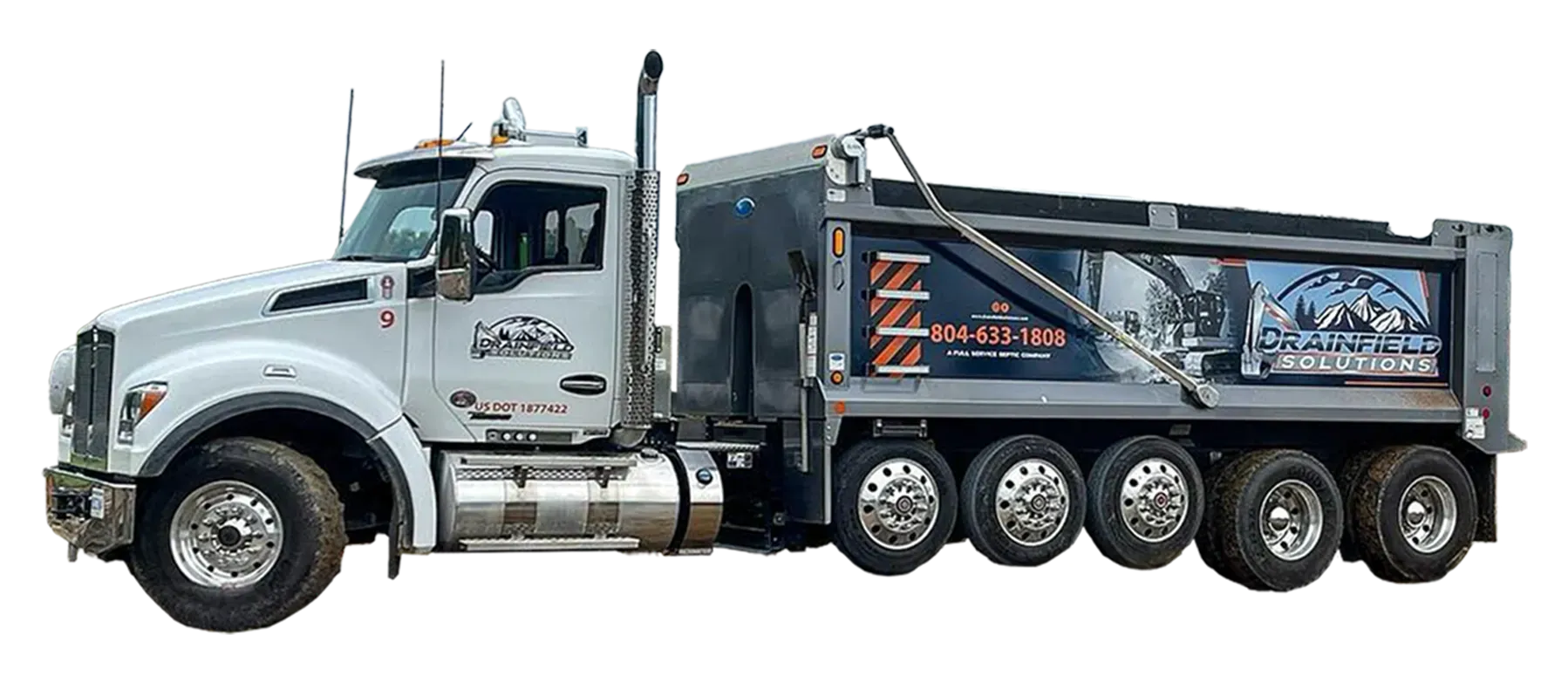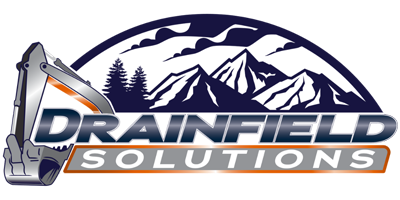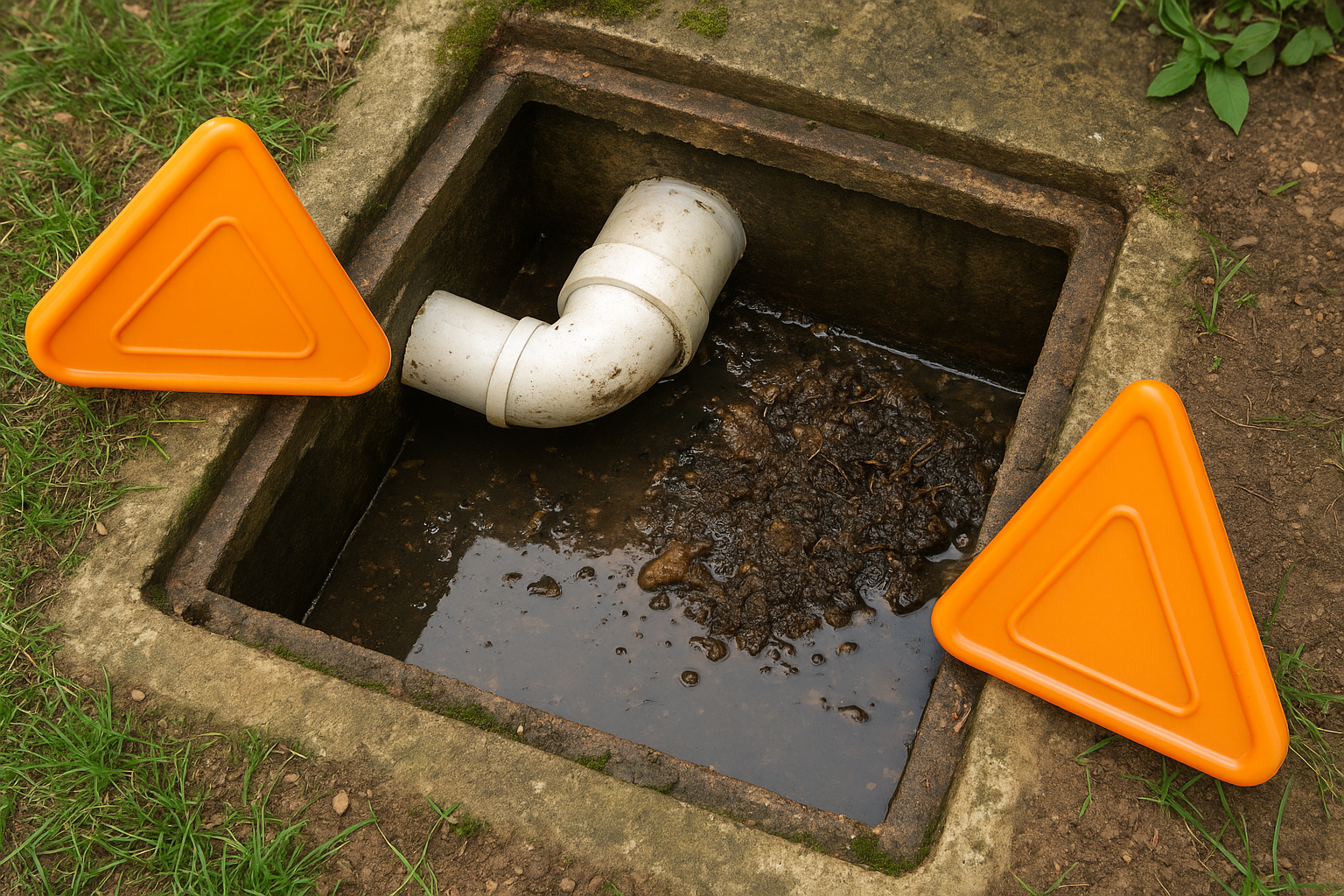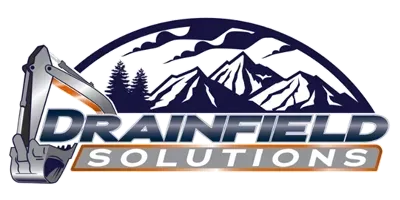
Discover How to Identify and Fix Drainfield Compaction
January 8, 2025
Your drainfield is like the lungs of your septic system—it needs space to breathe. But when soil compaction strikes, it’s like your septic system is trying to run a marathon with a heavy backpack. The pipes and soil beneath your yard get squished, preventing wastewater from flowing and filtering properly. The result? A drainfield that’s overworked, underperforming, and just plain unhappy. Don’t worry; we’ve got you covered. Let’s discover how to identify and fix drainfield compaction.
What is Drainfield Compaction?
Drainfield compaction happens when the soil around your septic system gets packed down too tightly. Instead of being loose and airy, the soil becomes dense, reducing its ability to absorb and filter wastewater. Think of it like stepping on a sponge—it can’t soak up water when it’s squished.
Common Causes of Drainfield Compaction
Before we tackle the fixes, let’s understand what causes compaction in the first place:
- Heavy Vehicles: Parking cars, trucks, or construction equipment on your drainfield compresses the soil and damages pipes.
- Foot Traffic: Even repeated walking or playing on the drainfield can cause gradual compaction over time.
- Excess Water: Oversaturation from rain, poor drainage, or excessive water use can compact the soil as it dries and hardens.
- Poor Landscaping Choices: Planting trees or shrubs with invasive roots near the drainfield can lead to soil compaction and root intrusion.
Avoiding these common culprits is half the battle in keeping your drainfield healthy.
How to Identify Drainfield Compaction
If your drainfield is compacted, it’ll start showing signs that it’s struggling. Here’s what to watch for:
- Standing Water: Pools of water above the drainfield mean the soil isn’t absorbing wastewater properly.
- Slow Drains: If your sinks, showers, or toilets are draining slowly, your system might be clogged or compacted.
- Soggy Yard: A consistently wet or mushy yard, especially during dry weather, could indicate soil compaction.
- Foul Odors: A sewage smell near the drainfield suggests wastewater isn’t filtering correctly.
- Overly Lush Grass: Grass that’s unusually green and thick above the drainfield might be feeding on excess nutrients from untreated wastewater.
If you notice any of these red flags, it’s time to take action before things get worse.
Step 1: Assess the Damage
Before jumping to solutions, you’ll need to figure out the extent of the compaction.
- Test the Soil: Use a soil probe or spade to check how compacted the soil is. If it’s tough to dig or feels like concrete, you’ve got a problem.
- Check the Drainfield Layout: Locate your drainfield and identify areas that might have been subject to heavy traffic, water pooling, or landscaping mishaps.
- Consult a Professional: If you’re unsure about the severity of the issue, it’s always a good idea to bring in an expert septic professional, like Drainfield Solutions in Central Virginia, for a detailed assessment.
Knowing the extent of the problem will help you decide on the best course of action.
Step 2: Fixing Drainfield Compaction
Once you’ve identified the problem, it’s time to roll up your sleeves and get to work.
1. Stop the Stress on the Soil
The first step in fixing compaction is to stop what’s causing it.
- Keep Vehicles Off: Redirect parking and avoid driving over the drainfield, even with light vehicles.
- Limit Foot Traffic: Create a clear boundary around the drainfield with stakes or decorative stones to remind everyone to tread lightly.
- Improve Drainage: Redirect rain gutters and downspouts away from the drainfield to prevent oversaturation.
Removing the stressors gives your drainfield a chance to recover.
2. Aerate the Soil
Aerating the soil can help restore its ability to absorb and filter wastewater.
- Manual Aeration: Use a garden fork or aerator to create small holes in the soil, allowing air and water to penetrate.
- Mechanical Aerators: For larger areas, rent or hire a mechanical aerator to loosen the compacted soil more effectively.
Aeration is like giving your soil a deep breath, helping it recover from being squished.
3. Add Organic Material
Incorporating organic material into the soil can improve its structure and drainage.
- Compost: Spread a layer of compost over the drainfield and work it into the topsoil.
- Mulch: Apply a light layer of mulch to protect the soil and retain moisture without overloading the system.
Healthy soil with organic matter is less prone to compaction and better at filtering wastewater.
4. Plant Grass or Ground Covers
Planting grass or shallow-rooted ground covers can stabilize the soil and reduce erosion.
- Choose Native Plants: Opt for plants with shallow roots that won’t invade your drainfield pipes.
- Avoid Trees and Shrubs: These can worsen compaction and cause additional damage with their deep roots.
The right landscaping can protect your drainfield while keeping your yard looking great.
5. Avoid Overwatering
Water is essential for soil health, but too much can cause problems.
- Space Out Water-Intensive Activities: Avoid running multiple appliances like the dishwasher, washing machine, and shower simultaneously.
- Fix Leaks Promptly: Leaking faucets and toilets can add unnecessary water to your system.
- Improve Yard Drainage: Ensure water flows away from the drainfield, not toward it.
Balancing your water usage helps keep the soil loose and functional.
When to Call a Professional
If your efforts to fix compaction don’t seem to be working, it’s time to bring in a septic professional like Drainfield Solutions in Central Virginia.
- Hydrojetting: Professionals can use high-pressure water jets to clear out compacted soil and restore flow in the drainfield.
- Soil Replacement: In severe cases, the top layer of soil may need to be removed and replaced with fresh, aerated soil.
- Drainfield Repairs: If pipes are damaged, drainfield repairs or drainfield replacement might be necessary to get the system back on track.
Preventing Future Compaction
The best way to deal with compaction is to stop it from happening in the first place. Here’s how:
- Mark the Area: Use visible markers to remind yourself and others where the drainfield is.
- Redirect Traffic: Designate parking and walking areas away from the drainfield.
- Maintain Proper Landscaping: Stick to shallow-rooted plants and avoid adding heavy features like patios or sheds on top of the drainfield.
- Schedule Regular Inspections: Routine septic inspections can catch potential issues early and keep your septic system healthy.
Why It Matters
Fixing and preventing drainfield compaction isn’t just about avoiding costly septic repairs—it’s about ensuring your septic system works efficiently and protecting your home’s value. By taking care of your drainfield, you’re keeping wastewater where it belongs and avoiding messy, expensive problems down the road.
At Drainfield Solutions, we’re here to help you tackle compaction and keep your septic system running smoothly. We proudly service septic systems in Louisa County, Caroline County, Stafford County, Spotsylvania County, Hanover County, King George County, Essex County, Richmond County, King & Queen County, King William County, and Culpeper County. Contact us today at 804-633-1808 or visit our contact page at www.drainfieldsolutions.com/contact for expert advice and service. Your drainfield deserves some breathing room, and we’re here to help!
Share Post
Latest Posts
Ready to Take the Next Step?
Whether you're in need of a system inspection or regular maintenance, Drainfield Solutions is here to help. Get in touch today for reliable service you can trust.






